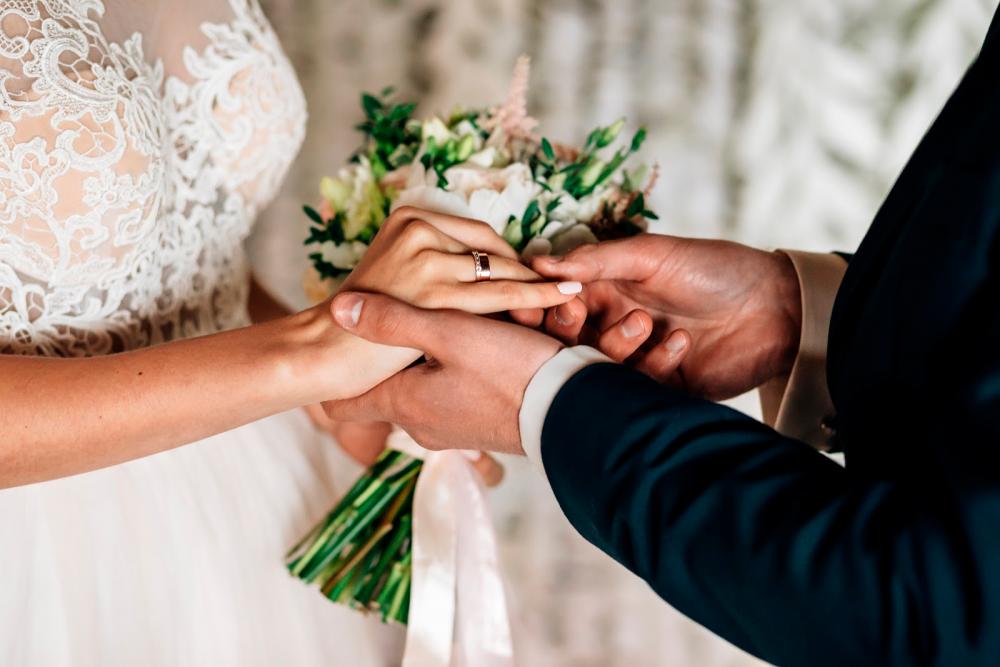Love is a universal language that transcends borders, and weddings provide a beautiful canvas to showcase the diversity of cultures and traditions around the world. From vibrant rituals to meaningful customs, wedding celebrations vary widely across different societies. In this post, we embark on a global journey to explore the rich tapestry of wedding traditions that reflect the essence of various cultures. Get ready to be inspired by the unique ways love is celebrated across continents.
 Embracing Diversity in Love
Embracing Diversity in Love
Love knows no boundaries, and as couples from different backgrounds come together, they create a beautiful tapestry of cultural fusion. One of the most enchanting aspects of multicultural weddings is witnessing the blending of traditions. Couples often infuse elements from both sides to create a ceremony that honors their unique heritages while embracing their shared future.
A Glimpse into Traditions Around the World
- India: The vibrant and colorful Indian weddings are a feast for the senses. From the mehndi (henna) ceremony to the baraat (groom’s procession), every moment is a celebration of love and unity. The intricate rituals and opulent attire make Indian weddings a mesmerizing cultural experience.
- Japan: The serene elegance of Japanese weddings is a sight to behold. Couples exchange nuptial cups of sake to symbolize unity and then offer a sip to each other as a sign of their commitment. The traditional kimono and the serene tea ceremonies add an air of grace to the proceedings.
- Mexico: Mexican weddings are marked by exuberant celebrations. The lasso ceremony involves draping a floral garland in the shape of a figure-eight around the couple’s shoulders to symbolize eternal unity. Vibrant mariachi bands, dancing, and sumptuous feasts are integral to these festivities.
- Ghana: In Ghanaian weddings, the Kente cloth takes center stage. This colorful fabric holds deep cultural significance, and wearing it represents a connection to one’s heritage. The pouring of libation and the breaking of the wedding cake on the couple’s heads add an element of symbolism and joy.
 Cultural Significance and Symbolism
Cultural Significance and Symbolism
Wedding traditions aren’t just rituals; they are imbued with layers of symbolism. They represent values, beliefs, and the history of a culture. Whether it’s the exchange of floral garlands in Hawaiian weddings or the breaking of a glass in Jewish ceremonies, each action holds profound meaning that ties the couple to their roots.
Embracing and Adapting Traditions
Couples today often find themselves in a unique position: honoring their cultural backgrounds while also creating a wedding that speaks to their individual personalities. Many embrace the challenge by weaving various elements into their celebration. It’s not uncommon to witness a blend of Korean and Filipino traditions or Moroccan and Irish customs, creating a tapestry of love that’s as unique as the individuals involved.
Conclusion
As we traverse the globe, we find that love’s expression is as diverse as the people who experience it. The beauty of wedding traditions lies in their ability to bring us together, even as they celebrate our differences. Whether it’s the rhythmic beats of a Samba dance in Brazil or the serene tranquility of a Balinese blessing, every wedding tradition is a testament to the power of love and culture. So, as we celebrate the joining of hearts, let us also celebrate the rich tapestry of traditions that make our world an enchanting place.

